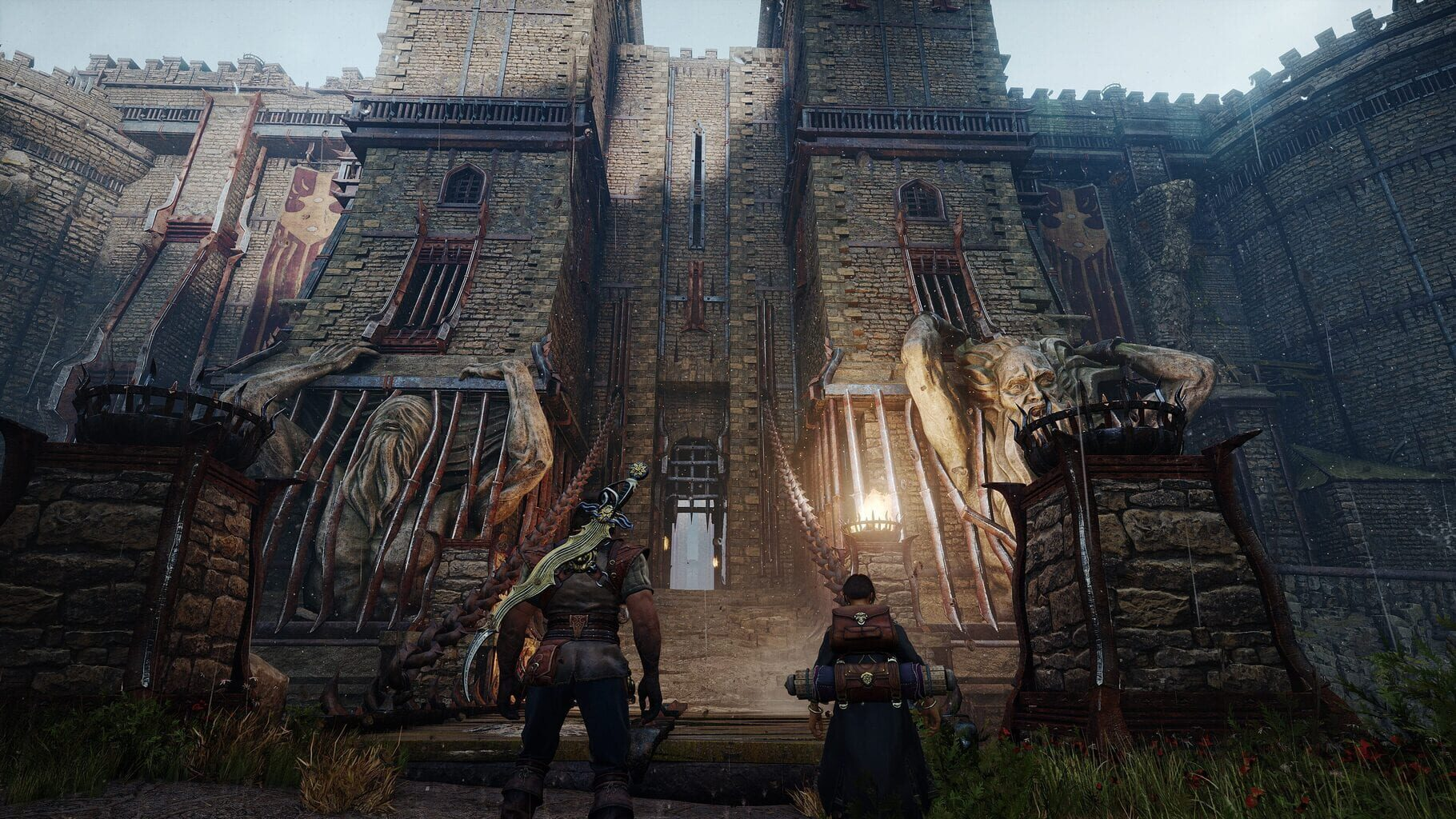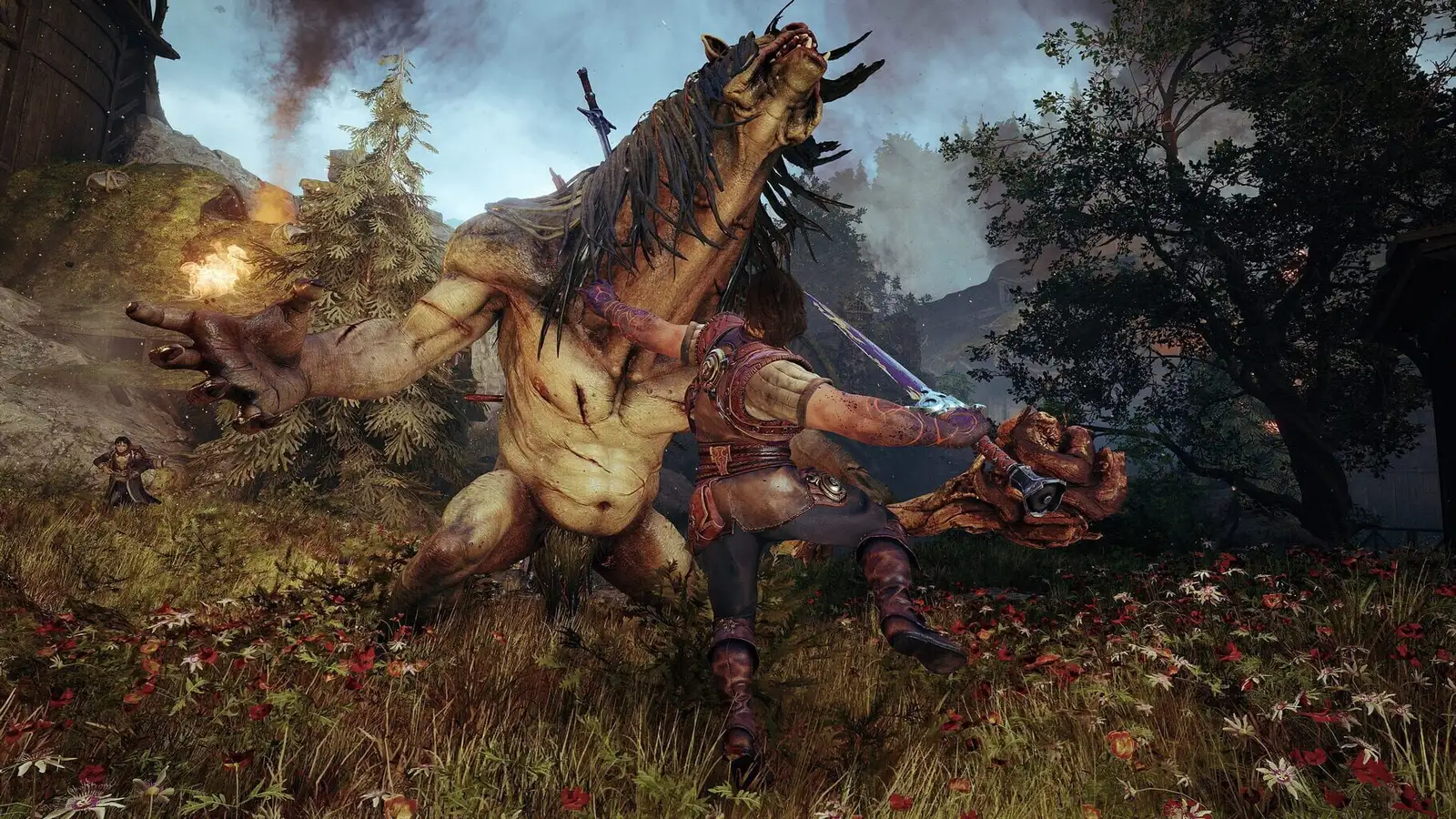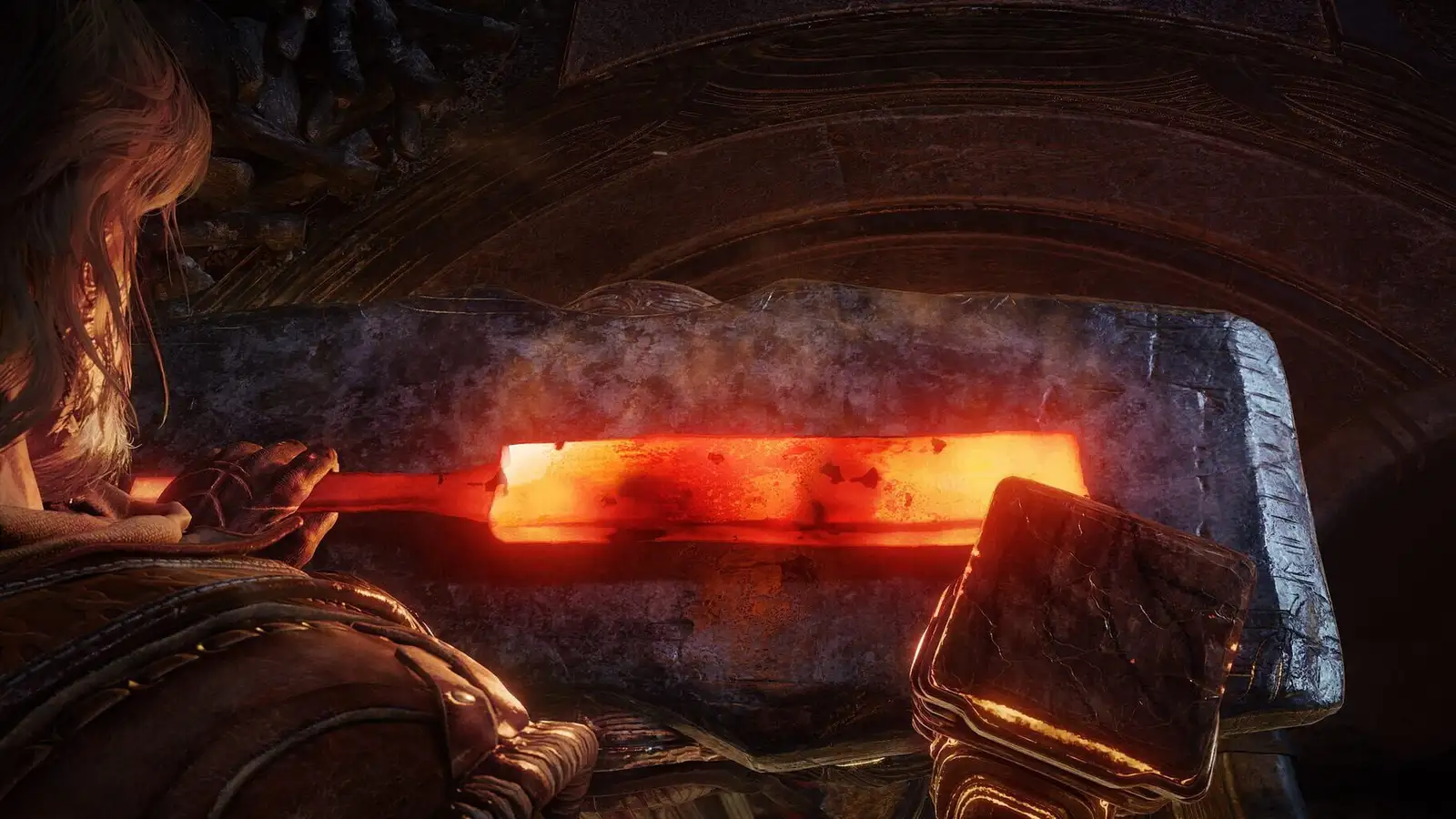
MercurySteam, a studio known for revitalizing franchises with titles like Castlevania: Lords of Shadow and delivering unexpected gems like Metroid Dread, has a reputation for surprising players. This expectation fueled my anticipation for Blades of Fire, a brand new IP promising a fresh take on the action RPG genre. While the game introduces some genuinely interesting mechanics, it sadly falls short of its predecessors, ultimately leaving a lingering feeling of unfulfilled potential.
Story and characters feel underdeveloped
Blades of Fire casts you as Aran de Lira, a reluctant hero tasked with assassinating the Queen, a woman he once knew and admired. Driven by a sense of duty after a mysterious force corrupts her, Aran embarks on a perilous journey. He is accompanied by Adso, a studious monk who acts as your guide, providing information about monsters, objectives, and lore. However, the narrative itself is a significant weak point. The story and its surrounding lore feel remarkably vague and underdeveloped. Even after the credits roll, the core motivations and deeper meaning behind the events remain frustratingly elusive. This lack of clarity is compounded by a poorly written script that struggles to deliver meaningful exposition. The characters, especially Aran and Adso, are presented in a detached and underdeveloped manner, with stiltedly delivered dialogue that hinders any potential for emotional connection. The infrequent conversations only exacerbate the problem, making it difficult to invest in their plight or the fate of the kingdom.

Weaponfocused souls-lite
Thankfully, Blades of Fire attempts to compensate for its narrative shortcomings with a focus on combat. The game wears its Souls-lite inspiration on its sleeve, but differentiates itself with a unique emphasis on weapon acquisition and customization. Instead of the traditional soul-gathering and leveling system, the core gameplay loop revolves around collecting and forging a diverse arsenal of weapons. With roughly 30 weapons to discover, the process of unlocking one involves first defeating a specific number of enemies using that weapon’s style. Only then can you proceed to the forging process, the real highlight of Blades of Fire.
The forging mechanic injects a strategic and engaging element into the gameplay. Players select their desired weapon, choose from various materials that influence its stats, and then engage in a mini-game to forge it. This mini-game requires precision and timing, tasking you with striking the weapon in specific spots to build up stacks and reach a target threshold. The quality of the forged weapon is directly tied to your performance in the mini-game. Higher quality weapons boast more stars, which translates to a greater capacity for mending and durability. This is a crucial feature, as weapons in Blades of Fire degrade with use and eventually break, forcing you to constantly manage and maintain your arsenal.

The combat system further enhances the reliance on weapon choice. Enemies possess varying vulnerabilities and resistances to different damage types, including slashing, piercing, and blunt attacks. Each weapon offers two distinct stances, allowing you to strategically switch between damage types depending on the enemy you face. This system encourages experimentation and thoughtful weapon selection, adding a layer of tactical depth to each encounter. Furthermore, the ability to attack enemies from four different directions introduces a dynamic, dance-like quality to the combat, setting it apart from more rigid Souls-like combat systems.
Looks and feels like a Castlevania: Lords of Shadow sequel
Visually, Blades of Fire is competent but unremarkable. The graphics are neither cutting-edge nor offensively outdated. The game world, however, possesses a somewhat pleasing aesthetic with its vibrant colors and detailed character designs. The art style bears a striking resemblance to Castlevania: Lords of Shadow, creating a sense of familiarity that occasionally makes Blades of Fire feel like a spiritual successor.

Conclusion
Blades of Fire is a flawed but intriguing attempt at the Souls-lite formula. The game suffers from a hastily conceived story and shallow characters, preventing it from truly captivating players. However, the innovative forging mechanic and the emphasis on strategic weapon selection elevate the combat system, providing a unique and engaging experience. While Blades of Fire may not be a visual masterpiece, it offers a pleasant aesthetic reminiscent of MercurySteam’s earlier work. Ultimately, Blades of Fire is a game that tries something new, and while it doesn’t fully succeed, the forging mechanic and the focus on weapon variety keep the formula fresh and the experience moderately interesting. It’s a spark of an idea that, with more refinement, could forge a truly remarkable experience in a potential sequel.

Leave a Reply